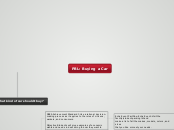arabera Caitlin McEwen 10 years ago
379
Interdisciplinary Literature Unit
The educational activities designed around Ellen Levine's book "If You Traveled on the Underground Railroad" aim to deepen students' understanding of the historical context and themes.









